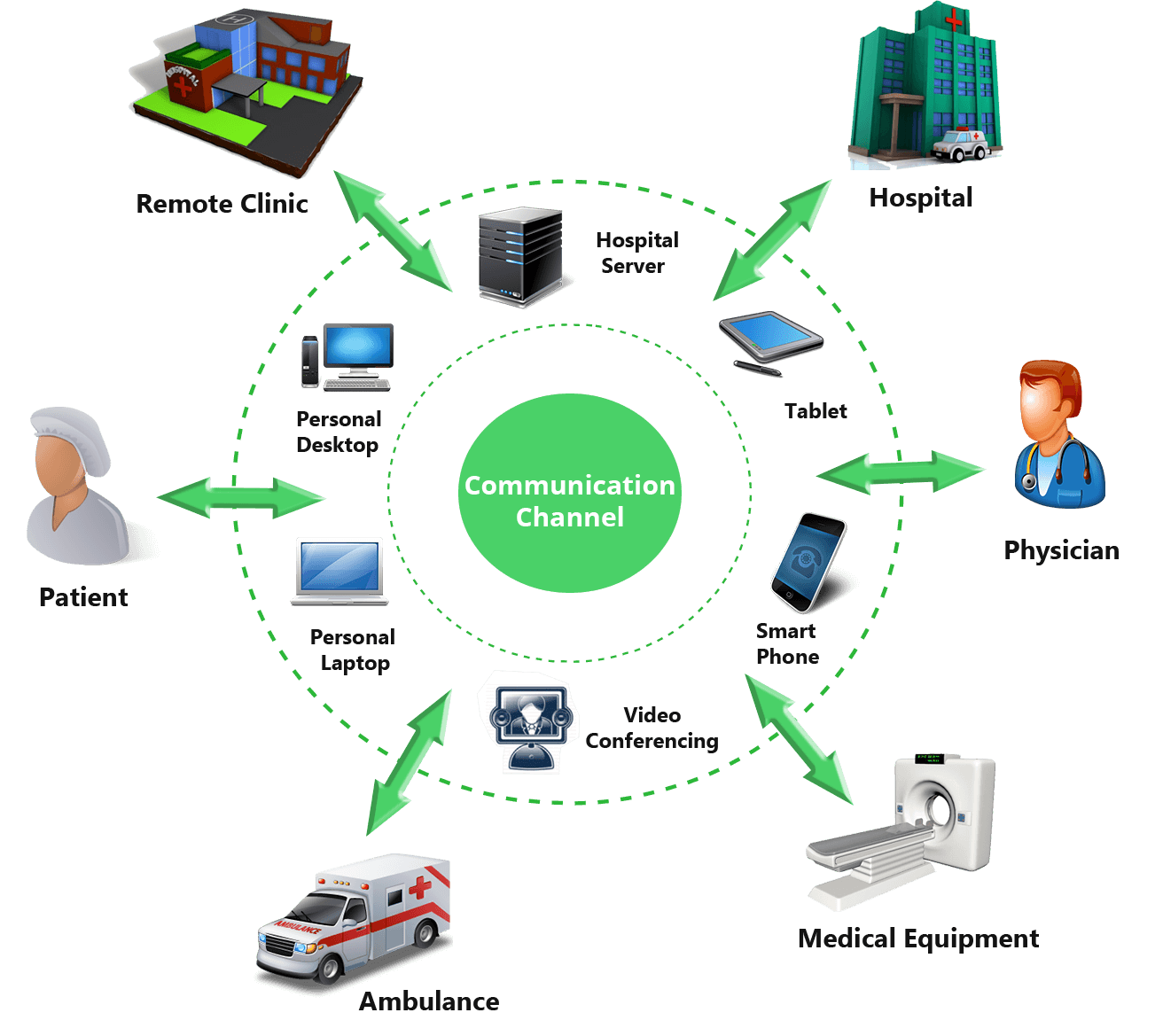




TeleMedicine is an innovative means of delivering quality health care services in rural health care settings in developing countries by utilising medical expertise from specialized centres.

In developed countries, biometric sensor devices monitoring heart rate, blood pressure and blood glucose levels are used to remotely monitor patients with acute and chronic illnesses. Used proactively and efficiently, Telemedicine can profoundly transform the delivery of health services in the industrialized world by shifting the burden of care from hospitals and institutions right into homes.
In low resource settings, TeleMedicine primarily links specialists to primary care providers. Rural residents experience barriers to healthcare that limit their ability to get the care they need. This is particularly so in a setting such as Papua New Guinea with its rugged, remote territories.
Health disparities arising out of geographic isolation, lower socio-economic status in inaccessible regions and high rates of health risk behaviours are ably overcome by the benefits that TeleMedicine offers.
GTL is a specialist TeleMedicine expert, with over 6 years of experience in every aspect and phase of conceiving, creating, sales, installing, training and supporting TeleMedicine projects throughout the necessary delivery domains and geography.
GTL Consumer medical and health information includes the use of the Internet for GTL consumers to obtain specialized health information and on-line discussion groups to provide peer-to-peer support.
GTL Specialist Referral Services typically involve a specialist assisting a general practitioner in rendering a diagnosis.
GTL Patient Consultations uses telecommunications to provide medical data, which may include audio, still or live images, between a patient and a health professional for use in rendering a diagnosis and treatment plan.

GTL Remote Patient Monitoring uses devices to remotely collect and send data to a monitoring station for interpretation.
GTL Medical Education provides continuing medical education credits in joint partnership with renowned institutions for health professionals and special medical education seminars for targeted groups in remote locations.
Networked Programs Link Tertiary Care Hospitals and clinics with outlying clinics and community health centers in rural or suburban areas.
Point-To-Point Connections using private networks are used by hospitals and clinics that deliver services directly.
Primary or Specialty Care to home connections involves connecting primary care providers, specialists and home health nurses with patients.
Home To Monitoring Center links are used for cardiac, pulmonary or fetal monitoring, home care and related services that provide care to patients in the home.
Web-Based E-Health patient service sites provide direct consumer outreach and services over the Internet.